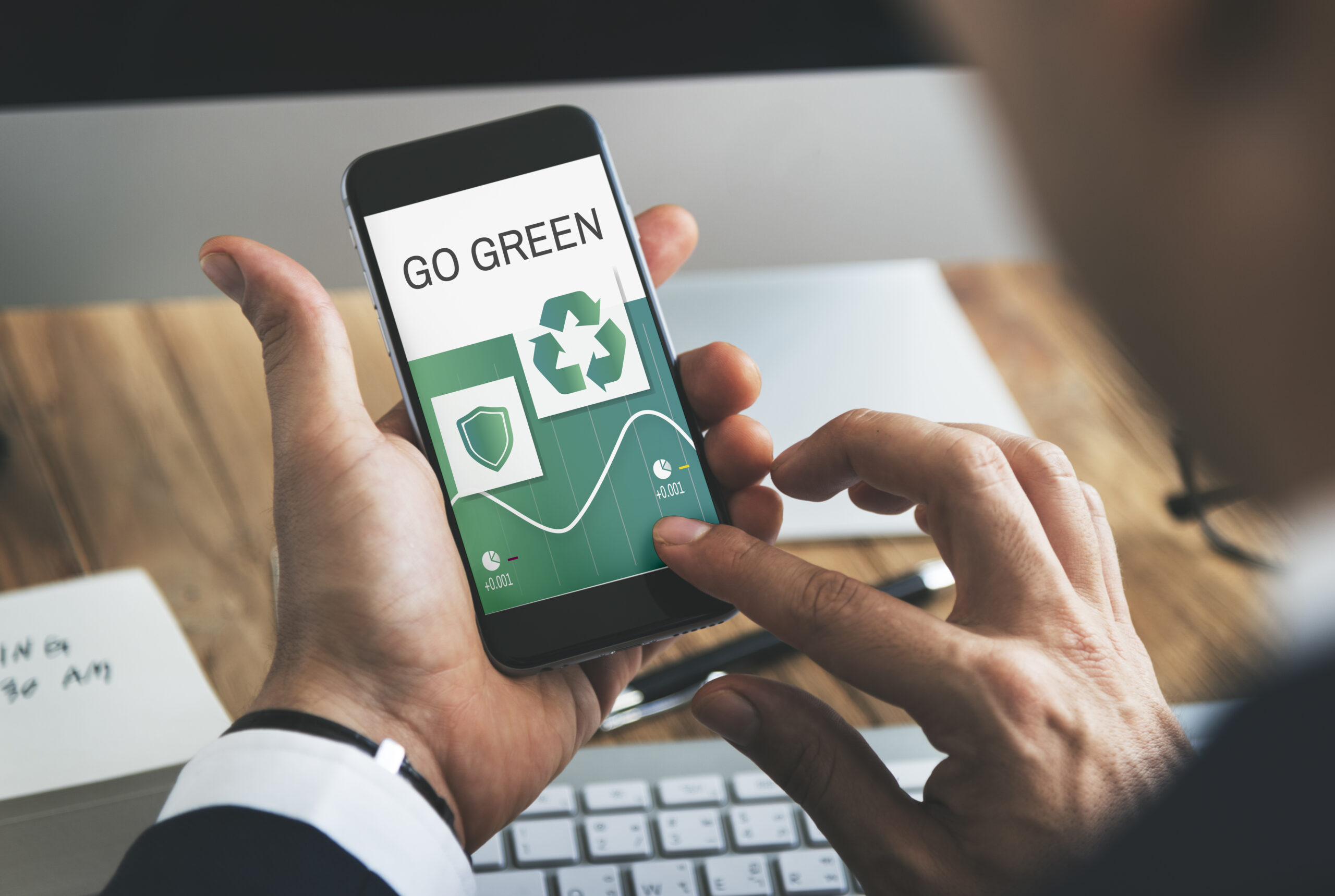Address
1 Woodville Rd, Granville NSW 2142, Australia
Work Hours
Monday to Friday: 9AM - 5PM
Weekend: Saturday - Sunday
Address
1 Woodville Rd, Granville NSW 2142, Australia
Work Hours
Monday to Friday: 9AM - 5PM
Weekend: Saturday - Sunday

As technology evolves, the amount of outdated and discarded electronics grows rapidly. While e-waste poses an environmental challenge, it also presents numerous opportunities for those looking to profit from recycling. Here are ten practical ways to turn e-waste into a lucrative venture:
Many devices are discarded due to minor faults or outdated software. With basic repair skills, you can refurbish these items and sell them on platforms like eBay or Amazon. Refurbished electronics are in demand, offering you a chance to earn a significant profit margin.
Did you know that electronics contain precious metals like gold, silver, and platinum? By collecting old devices in bulk, you can extract and sell these metals to refineries. While it requires specific tools and knowledge, the financial return can be substantial.
Businesses and households often struggle to dispose of old electronics responsibly. You can charge a fee for collecting e-waste and ensure proper recycling. Partnering with local governments or organizations can help you build a steady client base.
Batteries contain valuable materials like lithium and nickel. Many recycling centers pay for used batteries, especially those from laptops, phones, and power tools. Collecting and selling batteries can be a straightforward way to make money while reducing hazardous waste.
Mobile phones are one of the most frequently replaced electronics. By collecting old phones, you can harvest valuable components such as screens and circuit boards or refurbish and resell the devices. Partnering with mobile carriers or manufacturers can boost your collection efforts.
Computers and laptops are full of valuable parts like RAM, hard drives, and motherboards. Repairing and selling these components is a great way to cater to budget-conscious buyers while keeping e-waste out of landfills.
For creative minds, e-waste can be transformed into unique art pieces, sculptures, or functional items like clocks or lamps. These creations can fetch high prices online or at craft fairs due to their originality and sustainability appeal.
With growing awareness of environmental issues, people are keen to learn about sustainable practices. Hosting workshops on e-waste recycling, including safe dismantling and material extraction, can be a profitable educational venture.
Partner with nonprofits to run e-waste collection drives. You can share the profits from recycling while helping the organization raise funds and promoting environmental awareness in the community.
If you have the resources, setting up a drop-off center can be a profitable way to handle e-waste. Charge a small fee for each item, and ensure proper recycling or refurbishment. Offering a convenient solution can attract a consistent stream of customers.
E-waste recycling isn’t just about reducing environmental harm—it’s also a profitable opportunity for individuals and businesses. By adopting one or more of these strategies, you can make money while contributing to a greener, more sustainable future.